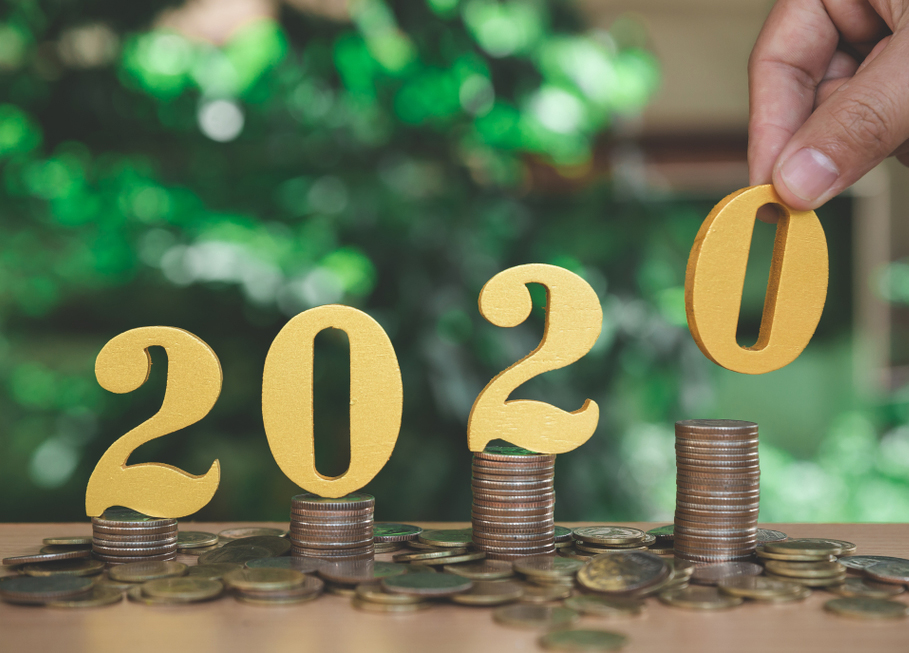The new year has come and gone, and we are well into January 2020. You must have had your fill of resolutions pertaining to the things that you think must be done in the months to come. Several of them would invariably be matters related to personal finance. No surprises there as resolutions are made every time the calendar turns. It is in keeping with the spirit of the season after all.
This time, however, let’s take a break from convention and make a list of the things one mustn’t do in the new year.
As every seasoned investor would know, financial resolutions act as a rough guide of sorts — these might be specific investments one intends to make, or certain sectors one wishes to go overweight on, or perhaps some mutual funds one wants to buy. One may also wish to re-arrange one’s portfolio in favour of favoured asset classes, such as real estate.
You may also want to organise financial documents, opt for a second (and cheaper) loan to pay off the first high-cost obligation, write a will and so on. The resolutions I have in mind essentially relate to the simpler ones; together, they make the big picture that all investors should remember and recall throughout the year.
A set of cardinal dont’s
Let’s begin with a set of pointers of the things to avoid.
● Don’t copy another investors blindly — your circumstances are unique to you as his belong to him. His asset mix can never be truly yours.
● Don’t consider your portfolio infallible and iron-clad. Instead, keep it open and be prepared to accommodate changes in line with the changing priorities. Weightages in the portfolio should match the changes in circumstances, investment goals, income levels, responsibilities and liabilities.
● Don’t expect to zero in on quick-fix, instant exits for every tangled web you find yourself in. Troubles stemming from faulty investment practices can often take a long time to dissipate.
● Don’t invest your long-term money in short-term assets — the reference is primarily to debt securities here — and short-term resources in what is normally considered long-term assets. If you do, your overall yield from such a decision is bound to suffer.
● Don’t overshoot and expect too much from such predictable investments such as debt. Risk and reward are inversely related, at least theoretically (and very frequently, in reality too).
Know your risks
The first point is by far the most fundamental. Each investor is defined by an array of unique conditions. Such a set is based on specifics such as investment objectives, age, income, expenses and the like. In other words, the investor’s risk profile should hold the key to his asset allocation strategy.
Thus, “investor, know thyself” is the most elementary tenet for someone who is set to achieve his objectives. A roadmap framed on the basis of inadequate awareness and poor appreciation would take you nowhere. Indeed, it would result in a badly constructed portfolio, thus undermining your interests in the long run. The impact of the latter — poor returns — could be potentially quite adverse.
For instance, it could take you a very long time to achieve a rather rudimentary investment goal. Worse, it could lead to a big gap between resources and requisites at the time of retirement, which is a most critical juncture in the life of the average investor.
The committed individual would focus on retirement planning at an early age. Such an investor would need to concentrate on two vital elements — an early start and a regular investment programme. These should be deemed non-negotiable right at the beginning of one’s professional career (that is, when one starts generating income).
This brings us back to the uniqueness of one’s circumstances, which renders the concerned individual different from anyone else. Therefore, his pattern of investment, his allocation strategy and the way his portfolio is build up will all be very different from the rest of his peers.
Risk and reward
Perceptions of risk and reward can differ widely. In the world of investments, there appears to be an inverse relationship between the two. In other words, higher the risk, the more is the potential reward. This is evident in quirky asset classes such as equity and commodities.
As for the “ideal” risk-reward matrix, there is none that exists in real life. As mentioned earlier, each investor needs to identity a few specific dimensions as his own. Thus, you need to find answers to these critical questions:
● What is your risk appetite? To what extent can you tolerate risk?
● What is your idea of reward? Would you be happy with, say, 10 per cent gains or would you rather be satisfied with a mere 2 per cent more than the ongoing fixed deposit rate?
● How would you reap your rewards, if any? Would you, for instance, take home profits as regularly as they occur or would you stay invested for optimum gains for a full decade? Or, would you exit only when your investment objective is achieved?
● In a scenario where you have indeed taken home profits, have you considered what you would do with your gains? Would you invest it further, may be in safer areas? Would you plough it all back, knowing fully there would be additional risks?
● Are you aware of the tax implications of these moves? Taxes are a fact of life, and all investors must grapple with taxes when their allocations fetch higher valuations. Inflation, your other formidable adversary, would also be an element to watch out for.
The writer is director, Wishlist Capital Advisers











